Future of Wellness: Light Therapy Market to Reach Over $1.7 Billion By 2030
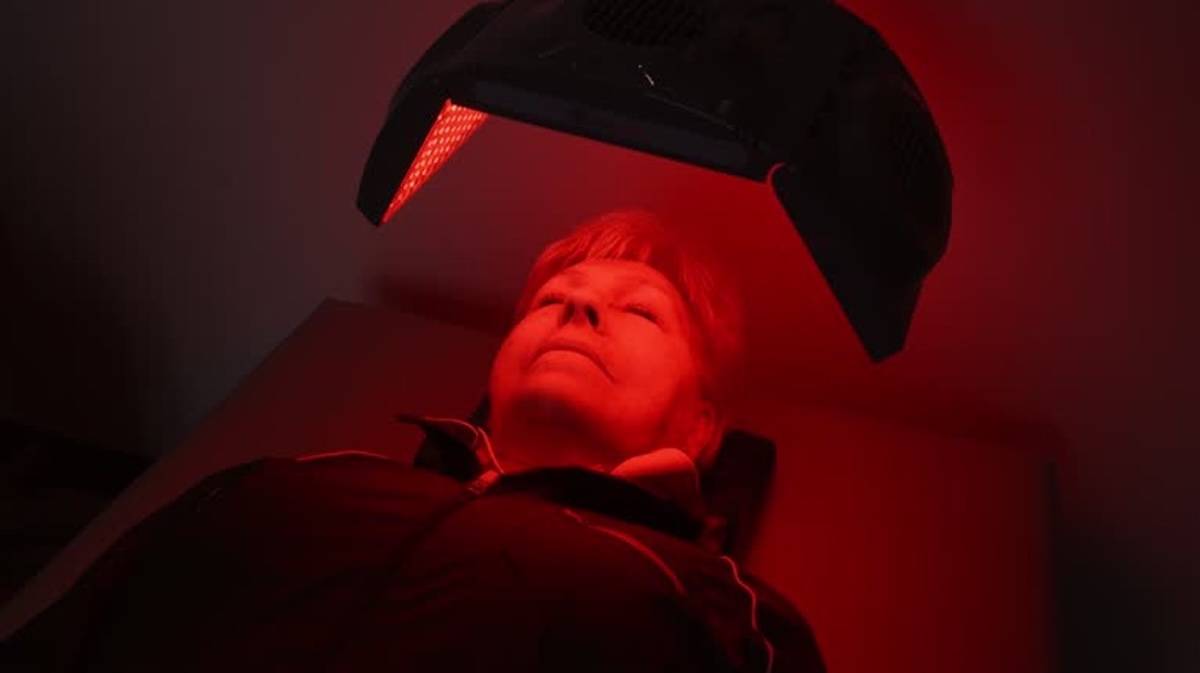
The red light therapy market has grown by nearly 40% since 2018, to its current estimated value of over $1.2 billion, an indication of the amazing results this new and innovative therapy provides.
“One of the best things about this therapy is that it’s easy to do yourself, which means you can get results in your own home,” says Scott Chaverri, the CEO of Mito Red Light, a manufacturer that specializes in high-quality red light therapy devices designed for home use.
Scott and the team at Mito were interested in finding out just how much the market had grown and will grow in the next five years, so they’ve crunched the numbers.
The Data
Using data from various sources, Mito collected data on the red light therapy market value from 2018 to 2024. They then predicted the growth rate from 2025 to 2030, using the most recent compound annual growth rate (CAGR) of 5.4%. They multiplied the market value of each year by 1.054 to calculate the following year’s predicted market value.
Table: The Previous and Predicted Growth Rate Of The Red Light Therapy Market
Year | Market Value ($) | Increase/Decrease Rate |
2018 | $871,700,000 | - |
2019 | $894,100,000 | 2.57% |
2020 | $883,800,000 | -1.15% |
2021 | $967,400,000 | 9.46% |
2022 | $1,004,700,000 | 3.86% |
2023 | $1,180,000,000 | 17.45% |
2024 | $1,240,000,000 | 5.08% |
2025 | $1,306,960,000 | 5.40% |
2026 | $1,377,535,840 | 5.40% |
2027 | $1,451,922,775 | 5.40% |
2028 | $1,530,326,605 | 5.40% |
2029 | $1,612,964,242 | 5.40% |
2030 | $1,700,064,311 | 5.40% |
How Much the Market Grew
Between 2018 and 2024, the red light therapy (RLT) market grew from $871,700,000 in 2018 to $1,240,000,000 in 2024, an increase of nearly 40%.
The only year that saw a decrease in growth rate rather than an increase was 2020, most likely due to the COVID-19 pandemic.
Every other year saw an increase in growth; the smallest increase was 2.57% in 2019, while the largest was 17.45% in 2023.
“RLT has been expanding in several ways over the last five years,” says Scott. “One of the biggest changes was the move to at-home treatments. While previously RLT could only be administered in specialist clinics, advancements in the technology mean that now consumers can buy products like panels and belts that can be used at home, opening up a whole new market.”
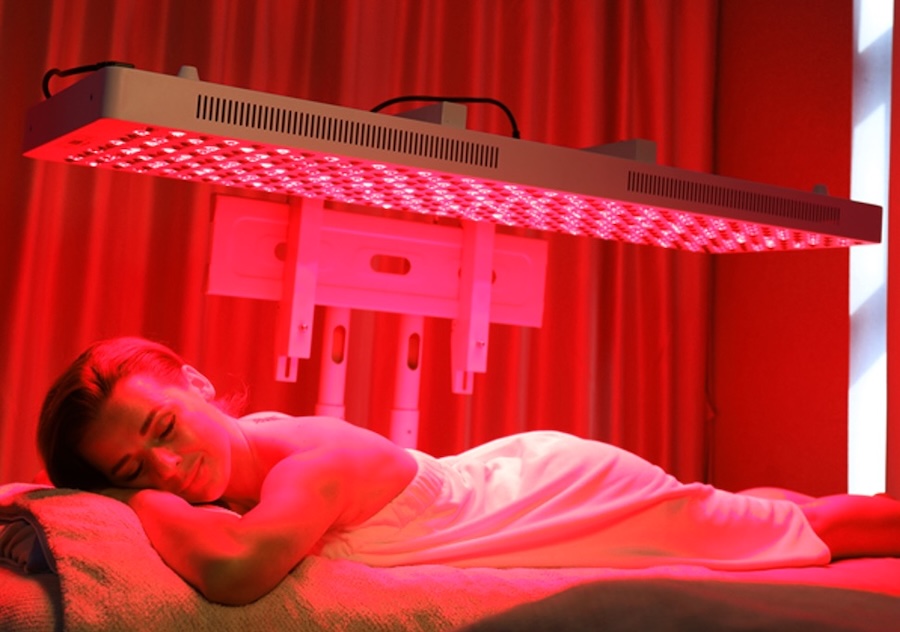
How the Market Will Continue to Grow
Mito’s data predicts that the RLT market will continue to grow, potentially reaching a high of $1,700,064,311 by 2030. Their prediction uses a set 5.40% Compound Annual Growth Rate (CAGR), which is a way to measure how much something grows, on average, per year over a specific period, assuming the growth happens at a steady rate.
“Increasing awareness of RLT will likely lead to this increased growth, as well as increased interest from social media influencers and promotion in other forms of social media marketing,” says Scott. “Wellness trends and increasing awareness of the importance of mental health will no doubt also contribute to RLT’s increasing popularity.”
Conclusion
There are opportunities for the RLT market to grow all over the world, but the Asia-Pacific region is expected to be the fastest growing region in the next five years.
“There has always been a strong interest in wellness products in this market, especially non-invasive treatments, and growing economies here mean there will be more scope for consumers to afford devices like RLT panels,” says Scott. “Another safe bet is the North American region, as this has been the largest region in the RLT market for several years, and RLT will no doubt continue to be popular here.”
As more research is done into RLT, more and more applications for the treatment are being discovered. This growing diversity of applications could see RLT expand into multiple industries, such as sports, personal fitness, and even mental health treatment.
Growing awareness of RLT’s benefits for treating skin conditions, for example, could see RLT manufacturers being able to tap into the extremely lucrative beauty market.”






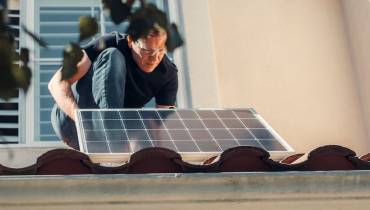

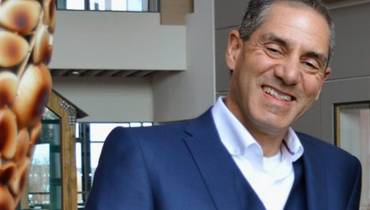
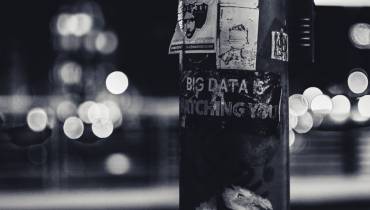



![9 Tips for Managing Your Online Writing Projects Efficiently [node:titile]](/sites/default/files/styles/video_thumbnail_bottom/public/open-book-laptop-online-writing-tips.jpeg?itok=rI4zR3a-)






